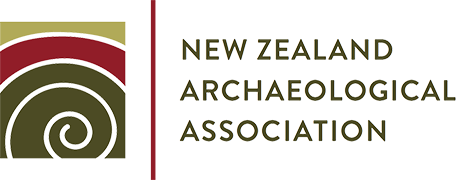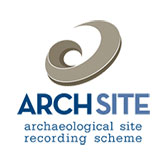The successful 2024 NZAA conference was held this month is Whakatū Nelson. NZAA would like to congratulate the following award recipients for their outstanding contributions.
Roger Green Lifetime Achievement Award went to Neville Ritchie. This award is presented in recognition of an association member’s significant and sustained contribution to the knowledge of Aotearoa’s past through the practice of Archaeology. Full citation can be read here.
Award in Recognition of Upcoming Kaihura Māori went to Issac McIvor. This award is presented biennially in recognition of leadership and sustained commitment and contribution to kaupapa Māori in the realm of Tautiaki Wahi Taonga me Nga Tapuwae o Nga Tupuna.
Public Archaeology Award went to Matt Schmidt. This award is presented biennially in recognition of outstanding efforts in public archaeology for the protection and preservation of archaeological sites. Full citation can be read here.
Best Overall Conference Paper Award went to Brendan Kneebone, Andrew McAlister, Alex Jorgensen and Dante Bonica for their paper titled ‘Adze manufacture in Tīkapa Moana: A view from Rakino Island’.
Their paper, given by Brendan Kneebone, presented the results of a non-intrusive recording of surface material associated with adze manufacture at Home Bay on Rakino Island. Activities there resulted in hundreds of large, primary flakes, as well as dozens of adze preforms with a range of cross-section shapes recorded along the high water mark and in the intertidal zone of the beach. The results of their survey indicate that Rakino was a focal point for adze manufacture in the Hauraki Gulf, acting both as a centre of manufacture and potentially as a distribution centre for the wider Tāmaki region. Their research was conducted as part of a larger project investigating the use of greywacke as a raw material for adze manufacture in the Tāmaki region.
Best Student Conference Paper Award went to Latisha Lee for her paper titled ‘Preliminary research into niche construction and indigenous Māori plant economy in southern Te-Ika-a-Māui before 1800 CE’.
Latisha’s paper presented preliminary research for her Ph.D. in which she will investigate the idea that northern karaka was translocated by hapu-Māori and introduced to southern Te-Ika-a-Māui. To help understand this, she will consider niche construction whereby people and other organisms modified their environments to create more evolutionary secure niches. Latisha presented results from karaka surveys, noted potential characteristics of cultural plantings, and provided an overview of trans-disciplinary methods that will be used to test when and how karaka was introduced to Palliser Bay. With the support of local Iwi, Latisha’s Ph.D. aims to improve understandings relating to the introduction of tropical Polynesian plants, northern karaka, and endemic plants to southern Te-Ika-a-Māui, including how these were managed over time.
Best Conference Poster Award went to Ian Barber and Fiona Kirk for their poster titled ‘Evidence of specialist whale and shark processing from Māori archaeological site N27/119, Bell Island, Waimea Inlet, Whakatū’.
Their poster asked the question ‘What does the archaeology of specialist Māori marine processing look like?’ This question was explored through site evidence from Bell Island (NZAA site no. N27/119), Waimea Inlet, Whakatū/Nelson.
Read about our previous award winners here.




